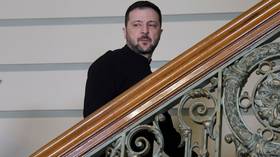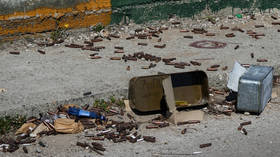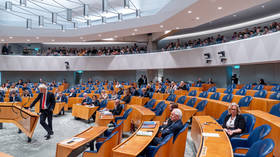Sneak peek: A look at Russian air shield in Syria, including guided S-300 missile cruiser and S-400
The Russian Defense Ministry invited journalists to the guided missile cruiser Moskva deployed to Syria’s port of Latakia and demonstrated the advanced S-400 surface-to-air missiles stationed at a Russian Khmeimim airbase near the city.
Both the S-400 and the cruiser are protecting the Russian base, from which Russian warplanes fly anti-terrorist missions in Syria, from a possible aerial attack. They were deployed in response to the downing of a Russian bomber by Turkish fighter jets near the border, an incident that resulted in two Russian troops killed. Ankara claimed that it acted to protect its airspace after a 17-second incursion, an allegation that Moscow denied.
Russia deploys cutting-edge S-400 air defense system to Syrian base after Su-24 downing https://t.co/nyDcA0RD08pic.twitter.com/PG61YU7EfH
— RT (@RT_com) November 26, 2015The S-400 is the latest generation of Russian mobile anti-aircraft systems. Its radar can lock on targets flying at up to 17,000kph, good enough to engage tactical ballistic missiles, and has a range of up to 400km, depending on the interceptor missiles used. From Latakia the S-400 battery can cover most parts of Syria as well as entire Lebanon, northern parts of Jordan and Israel and a good part of southern Turkey.
The Moskva has the naval version of S-400’s predecessor, the S-300F anti-aircraft system, which has a relatively short range of 75km or 150km, depending on the missile used. In total there are 64 missiles. The cruiser also has short-range surface-to-air missile, two kinds of ship cannons, torpedo launchers, depth charge launchers and its main weapon – the P-1000 Vulkan anti-ship guided missiles.












